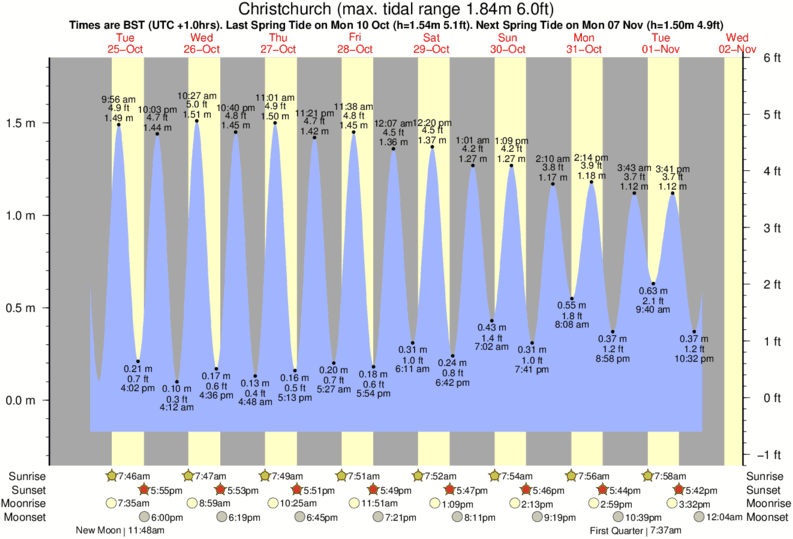

In any given location along the coastline, high tides occur when the moon is directly above – and thus closest to – that very region, its gravitational force pulling all bodies towards its core. In a semi-diurnal cycle, both the high waters and the low waters of each day usually differentiate in height, consequently creating the concepts of higher high water and lower high water for high tides, and higher low water and lower low water in low tides.Īmong the stages of a tidal cycle, the most commonly discussed are the high tides and low tides. These tidal cycles can be semi-diurnal (two high tides and two low tides per day) or diurnal (a single cycle per day).

Despite having diverse times and amplitudes – which are strongly affected by aspects like the shape of coastlines or the nearshore bathymetry of a given place – all tidal cycles follow the same stages: the sea level rises over the course of a few hours (flood tide), reaches its highest point (high tide), falls over several hours (ebb tide), and hits its lowest level (low tide). Tides are events that happen in cycles – much like any process in the natural world. Such phenomenon is explained by the interaction between the gravitational pull of the sun, the moon, and the Earth (as well as an array of environmental factors), creating what we know as tides. At some point, the water begins to retreat and the beach widens while in other moments the water advances over the sand and the beach narrows. Those who have spent a day at the beach probably noticed the constant variations on the level of the sea in relation to the land. They happen in periods of around 6 hours between each other and represent both the highest and lowest level of water of a specific location along the coastline. High tides and low tides are stages of the tidal cycle.


 0 kommentar(er)
0 kommentar(er)
